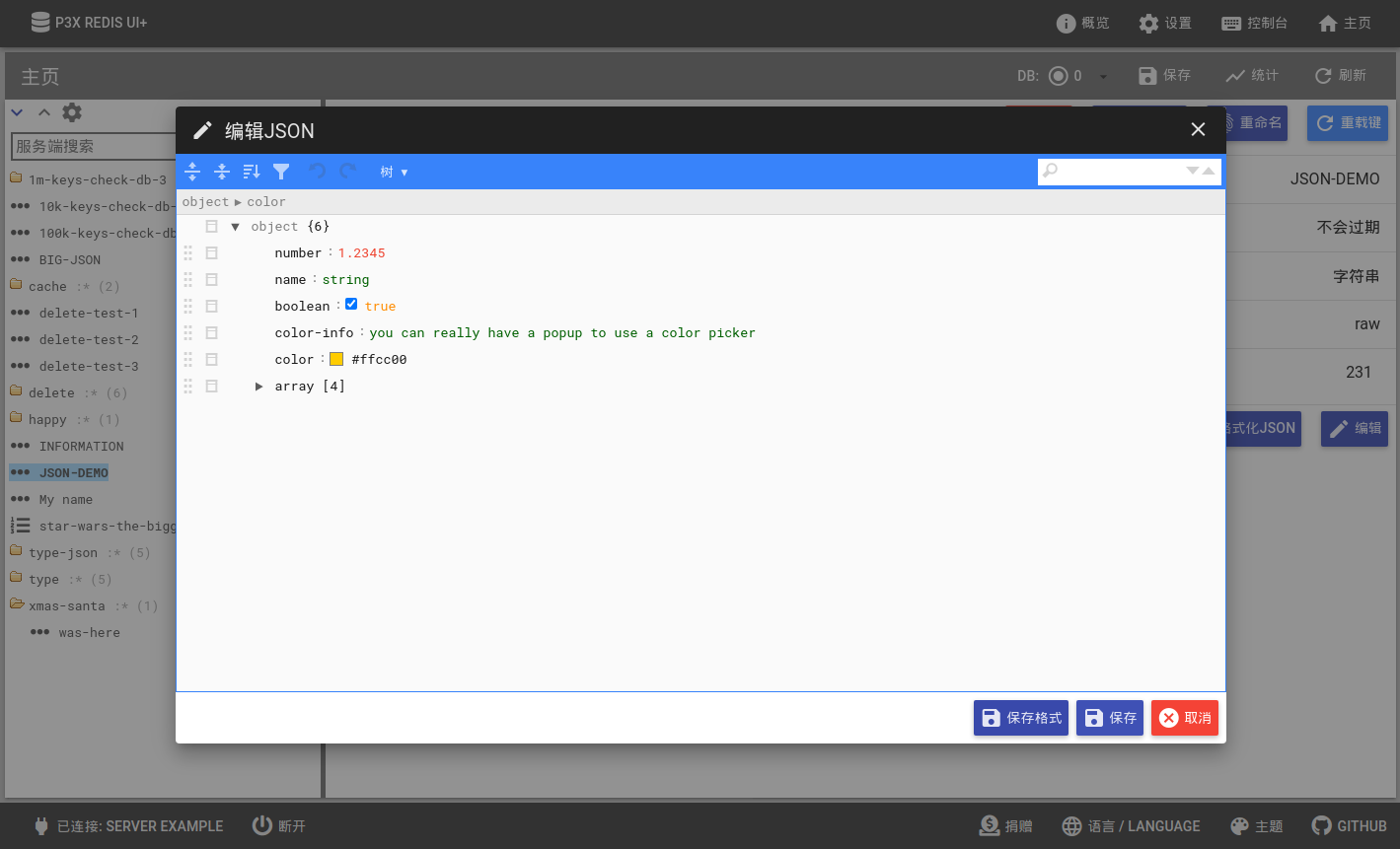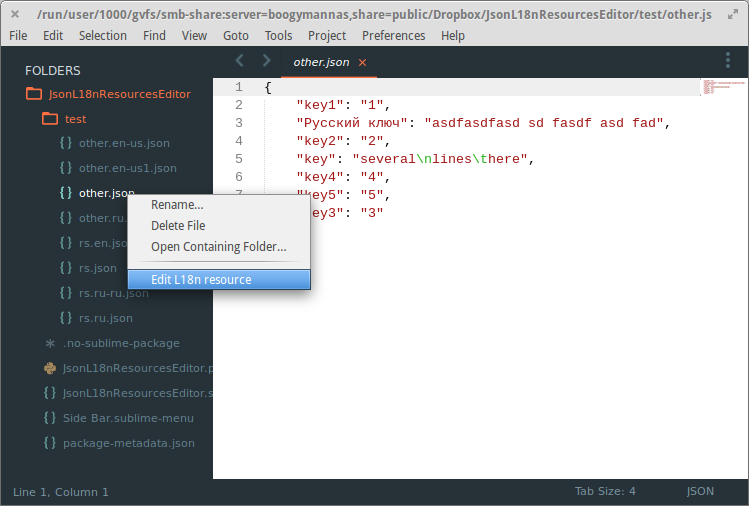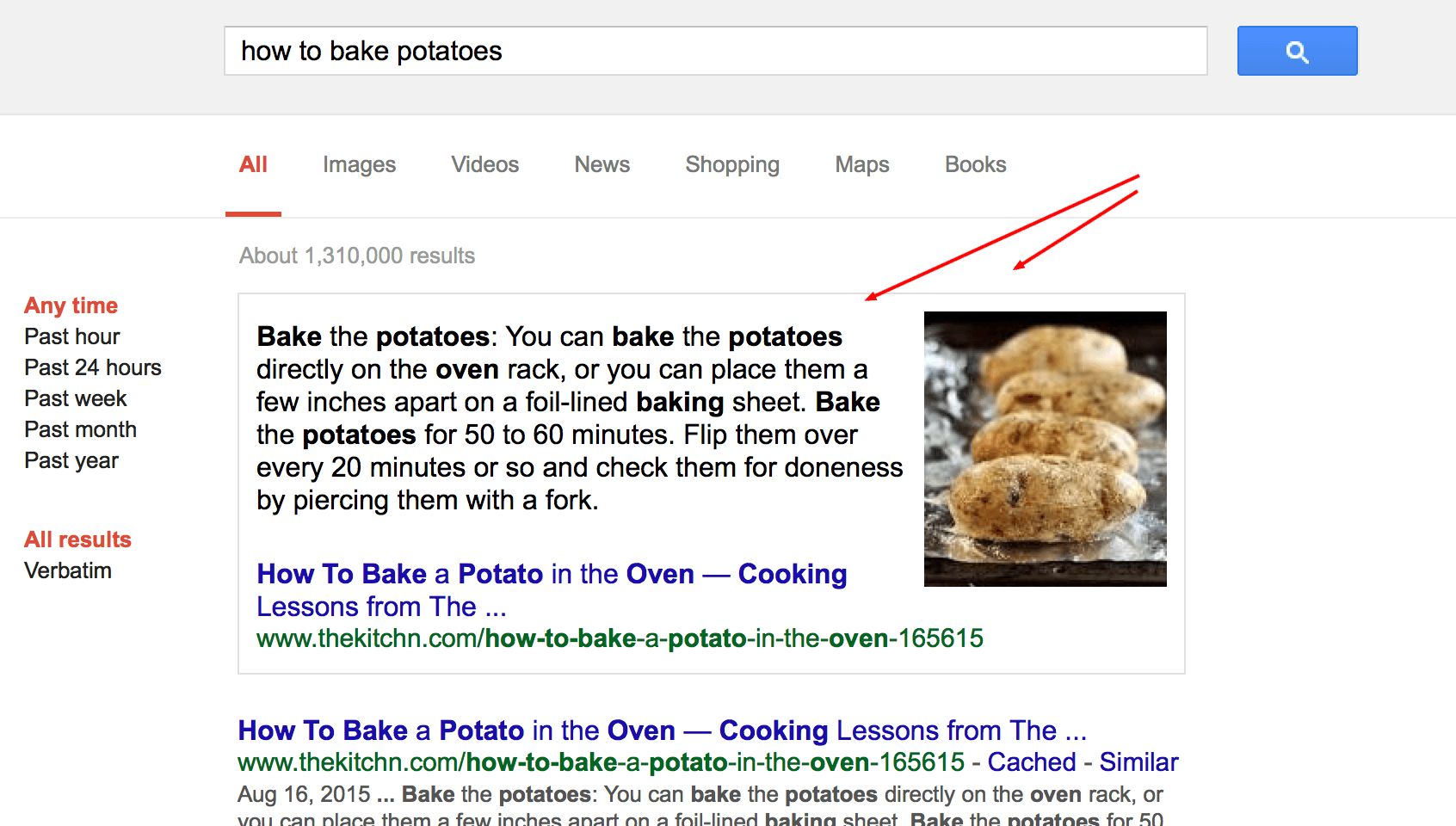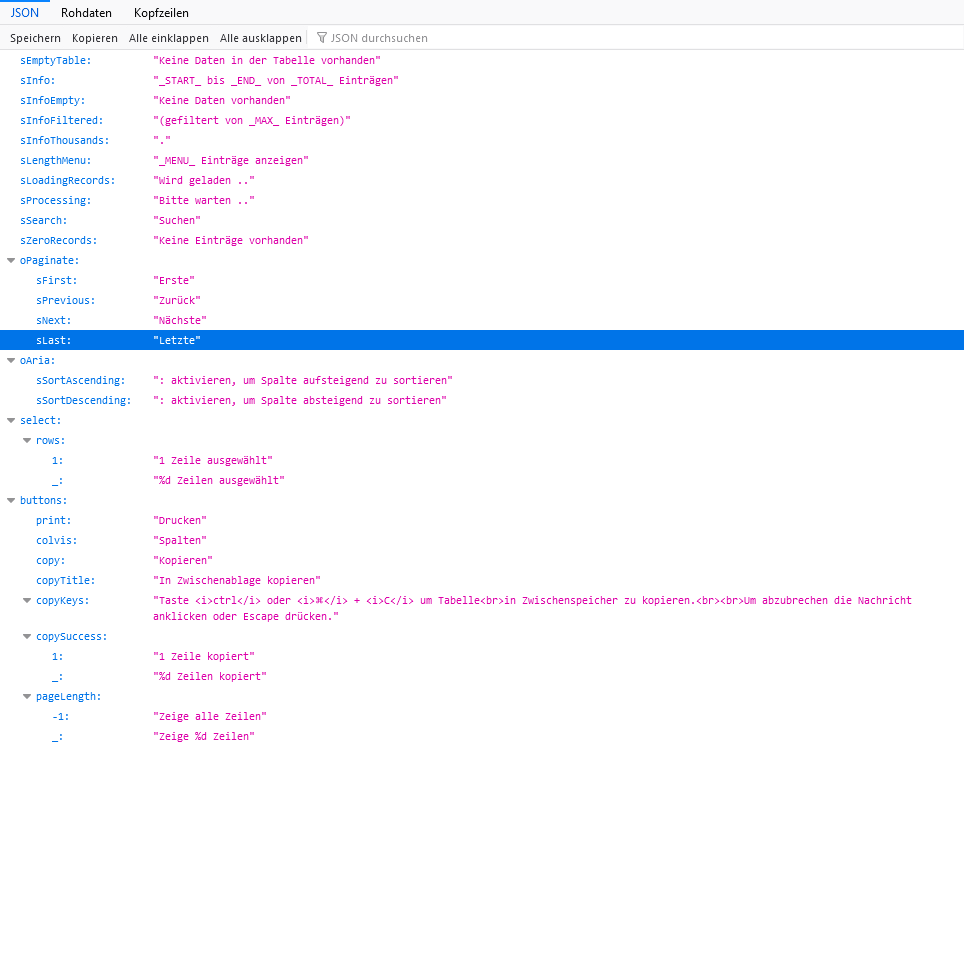
- I18n json editor how to#
- I18n json editor install#
- I18n json editor skin#
- I18n json editor full#
- I18n json editor code#
I18n json editor code#
The diagram above shows the path of code execution when the code runs in the browser (green) and when it runs in the server (blue). A Better Way - PrerequisitesĬurrently, our application looks like this: Neither of them provides a solution for PROBLEM 1. One results in unnecessary requests being made and another one compromises performance. With this method, the translations for all the languages will be bundled together with the run-time JavaScript compromising performance.Īlthough both existing solutions provide a fix for PROBLEM 2, they have their shortcomings. The whole purpose of using HttpLoader is that it will load the required language file on demand making the browser bundle smaller. Please don’t do this! By importing JSON files like shown above, they will end up in the browser bundle.
I18n json editor install#
In addition to the core library, we’ll install the http-loader library which will enable loading translations on-demand. The key is a string identifier and the value is the translation of the string. Using ngx-translate will allow us to store our strings in separate JSON files (a file per language) where each string will be represented by a key-value pair. Therefore, this article is helpful for anybody who’s trying to solve a SSR related issue. The reader might even be trying to solve an issue that has nothing to do with translations. An application can use the new and shiny transloco library, which was released the date of writing this article ().

Note: The concepts of organizing modules and code described in this article do not apply just to ngx-translate. In this article, we’ll use a popular library: ngx-translate. However, there is currently an unfortunate limitation with angular-i18next: it’s not capable of switching language on the fly, which is a show-stopper for me. Originally, I wanted to use the framework-independent library i18next with an Angular wrapper: angular-i18next.
I18n json editor skin#
Setting the SceneĪs with most things in coding, there are many ways to skin a cat.
I18n json editor how to#
Adding SSR to the App” to find out what obstacles adding SSR will create and how to solve them. More advanced developers may glance at the code in the following sections and proceed to “Part 2. Beginner-level developers may want to take a deep dive into Part 1. In the first part of this article, we will follow simple instructions for setting up an Angular application and adding i18n capabilities to it. Solution 2 - Provide Everything in a Single Module Solution 1 - Fix via Providing a Separate I18nModule for the Server The article is split up in the following parts:

Then we will enable Server-Side Rendering (SSR) and solve issues encountered during enabling SSR in the Angular application. In the article, we will explore how to implement our translation strings in a maintainable manner, enable the application to load only necessary resources, and allow browser memorization of the selected language. In essence, whatever should be displayed in different languages needs to be separated out from the meat of the code to enable its maintainability.

However, the area we’ll concentrate on in this article is: Separating localizable elements from source code or content, such that localized alternatives can be loaded or selected based on the user’s international preferences as needed. One of the definitions of i18n is: The design and development of a product, application or document content that enables easy localization for target audiences that vary in culture, region, or language.īy following the i18n definition link above, we can see that there are multiple areas of development that i18n touches on. It’s the number of letters between “i” and “n” in the word “internationalization.” So, i18n is internationalization. The optional "description" provides help to translators, who might not be able to see how the string is used in your extension.What does i18n stand for and why is there an “18” in the middle? Even as an engineer with more than ten years of experience in the field I had no idea until I looked it up. The "message" specifies the value of the string in this locale. The name is a key such as "extName" or "search_string" that identifies the string. In messages.json, each user-visible string has a name, a "message" item, and an optional "description" item.
I18n json editor full#
See the Predefined messages section for a full list of predefined message names. Some messages, such as and are provided by the internationalization system. In each call to getMessage(), you can supply up to 9 strings to be included in the message. In your extension or app's JavaScript code, refer to a string named messagename like this: chrome. In manifest.json and CSS files, refer to a string named messagename like this: _MSG_messagename_ If you use an unsupported locale, Google Chrome ignores it.

You can use any of the supported locales. Important: If an extension has a _locales directory, the manifest must define "default_locale".


 0 kommentar(er)
0 kommentar(er)
